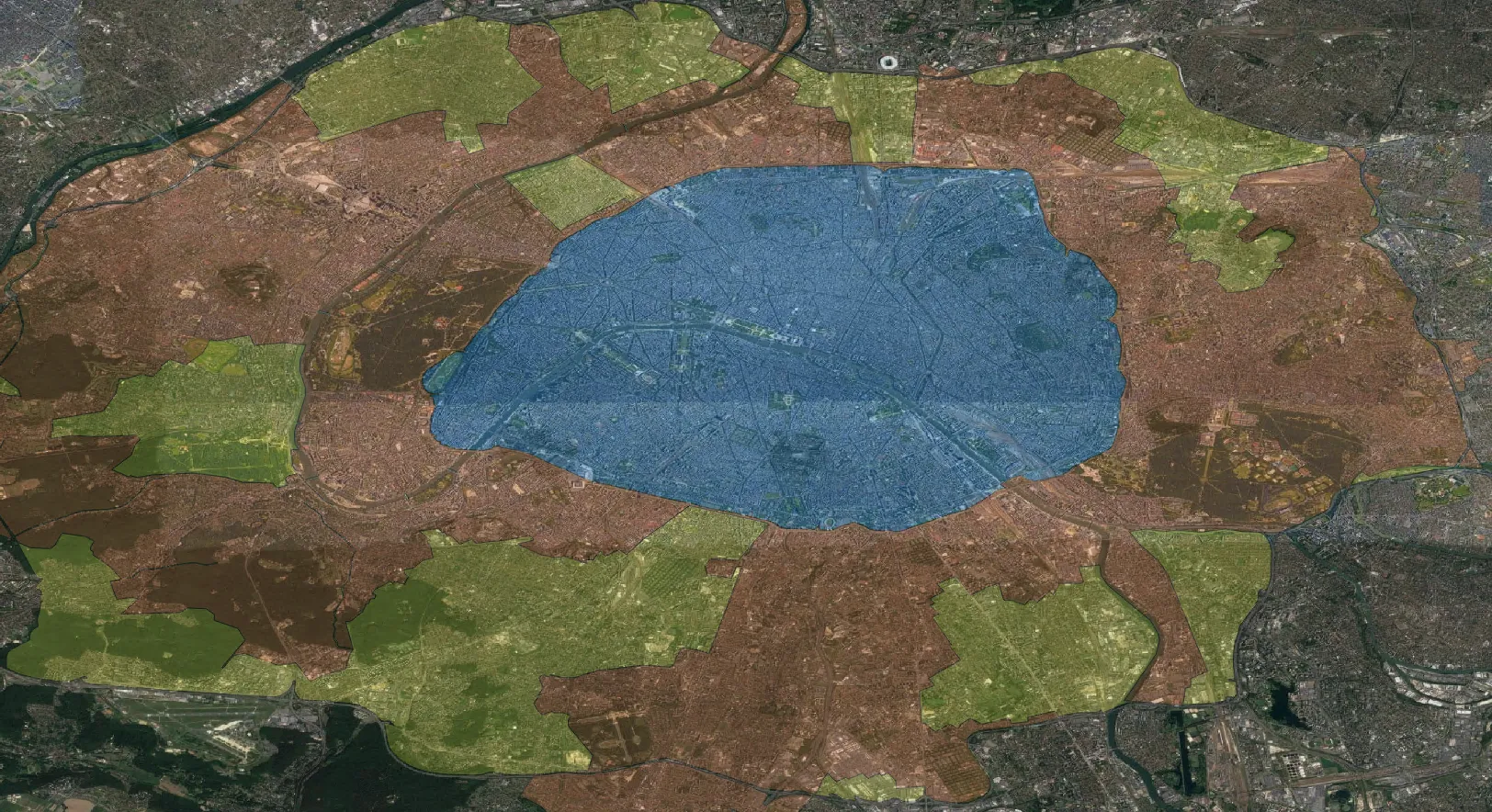Hungarian supplier of navigation software and infotainment solutions NNG has launched a Tier 1 project with the Ford Motor Company which aims to a produce high quality, reliable navigation solution that is fully tailored to complement the Ford brand in-car experiences.
The project is localised to seven regions, covering more than 50 countries including Central America, India, Sri Lanka, Caribbean, Israel, most of Africa, the Middle East and Southeast Asia.
Special local features are included to cater
November 2, 2016
Read time: 2 mins
Hungarian supplier of navigation software and infotainment solutions 7430 NNG has launched a Tier 1 project with the Ford Motor Company which aims to a produce high quality, reliable navigation solution that is fully tailored to complement the Ford brand in-car experiences.
The project is localised to seven regions, covering more than 50 countries including Central America, India, Sri Lanka, Caribbean, Israel, most of Africa, the Middle East and Southeast Asia.
Special local features are included to cater to the unique needs of each market, such as a Makkah finder available in Arabic regions and full off-road support in Africa with an option to easily change between map providers on the spot by the driver. The software also handles local languages, both in voice and display.
The navigation system is also integrated with the vehicle’s infotainment system, including the diagnostics display and interface, and features nearby fuel station availability which is linked to the low fuel indicator. In addition, NNG will provide global support for full map updates for an initial period of five years.
Line-fit equipped NNG Navigation is expected to be first featured in the Ford Explorer, Expedition, and Mustang models introduced in autumn 2016 in the Middle East region.
The project is localised to seven regions, covering more than 50 countries including Central America, India, Sri Lanka, Caribbean, Israel, most of Africa, the Middle East and Southeast Asia.
Special local features are included to cater to the unique needs of each market, such as a Makkah finder available in Arabic regions and full off-road support in Africa with an option to easily change between map providers on the spot by the driver. The software also handles local languages, both in voice and display.
The navigation system is also integrated with the vehicle’s infotainment system, including the diagnostics display and interface, and features nearby fuel station availability which is linked to the low fuel indicator. In addition, NNG will provide global support for full map updates for an initial period of five years.
Line-fit equipped NNG Navigation is expected to be first featured in the Ford Explorer, Expedition, and Mustang models introduced in autumn 2016 in the Middle East region.










